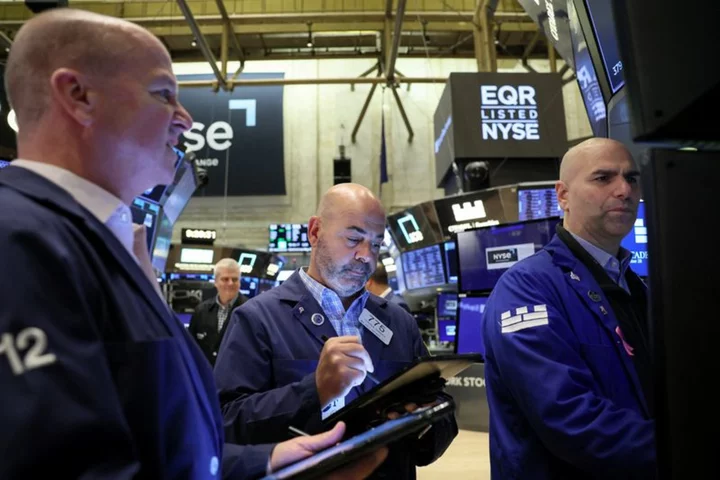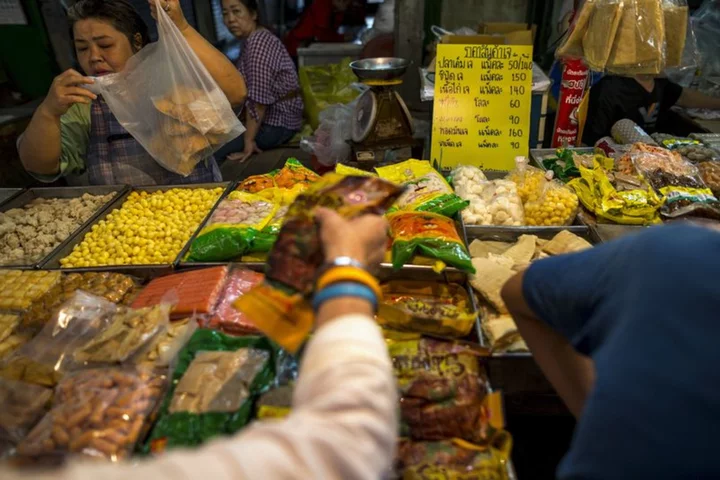By Joe Cash and Kripa Jayaram
U.S. Commerce Secretary Gina Raimondo visits China from Sunday to shore up ties between two global superpowers that are increasingly drifting apart economically and looking to ship and source goods closer to home.
The two biggest economies in the world used to be each other's largest trade partners, but Washington is now trading more with neighbouring Canada and Mexico, while Beijing is trading more with Southeast Asia.
Analysts see this as an emerging new trend of trade regionalisation in the eastern and western hemispheres - each dominated by one of the superpower - that could pose risks to global growth.
"Changing trade patterns suggest that economic restrictions imposed by China and the U.S. on each other are beginning to divert trade," said Neil Thomas, a fellow in Chinese politics at the Asia Society Policy Institute.
This "will likely contribute to increased regionalisation of international trade, which would raise inflation and hamper growth for other countries caught in the crossfire."
After Donald Trump imposed tariffs, his successor as president, Joe Biden, and some U.S. allies have restricted exports to China of advanced semiconductors and the equipment to make them, citing security concerns.
China has curbed exports of two metals used in semiconductor fabrication.
U.S. officials have said Raimondo will carry a message that Washington is not seeking to decouple from China, but will protect its national security. A Chinese official said Beijing was "looking forward" to discuss challenges in bilateral trade.
Other factors are weighing on U.S.-China trade.
Higher U.S. interest rates crimp demand, including for products from China, where the economy is stuttering amid feeble domestic consumption, real estate woes, high debts and industrial overcapacity.
Two-way trade for the first half of the year plunged 19.6%, or $67.6 billion, from the same period in 2022, U.S. Census Bureau data show. Flows hit a record $690 billion last year.
Contributing to regionalisation, the U.S.-Mexico-Canada Agreement trade deal was completed in 2020 when China signed up to the Regional Comprehensive Economic Partnership with 10 Southeast Asian countries, Japan, South Korea, Australia and New Zealand.
China has also applied to join the Comprehensive Progressive Trans-Pacific Partnership, one of the world's largest free trade agreements. The U.S. under Trump walked away from a predecessor agreement in 2017.
To join this Pacific trade axis, though, China needs the approval from all member countries, including U.S. allies.
Washington "could very easily lean quite strongly on Canada and Mexico to not support China's bid," said William Hurst, professor of Chinese development at the University of Cambridge.
"And both of those countries value trade with the U.S. under their North American framework more than they value trade with China."
(Reporting by Joe Cash; Graphics by Kripa Jayaram; Editing by Marius Zaharia and William Mallard)









